What Does Rosemary Smell Like?
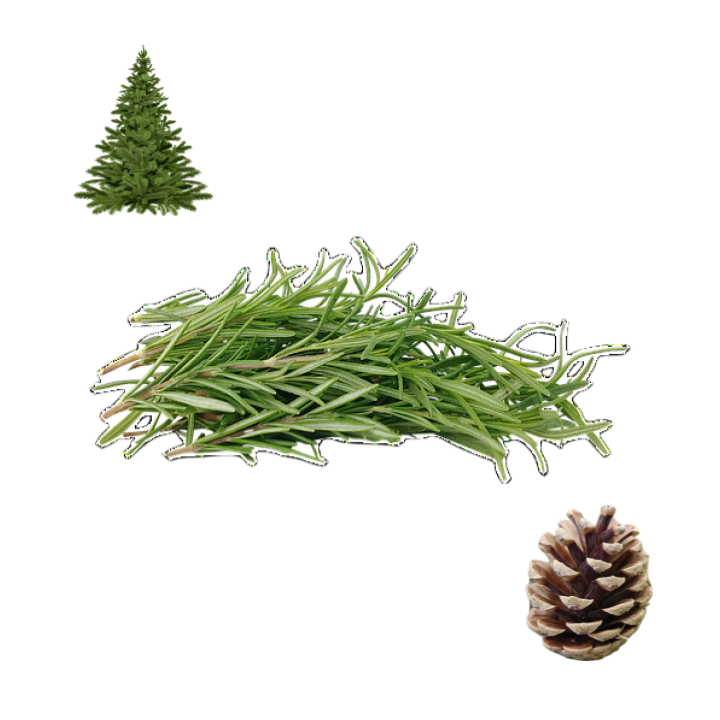
Last weekend I moved into a new apartment and found, to my utter dismay, that the hideously near-ubiquitous shag carpet, the otherwise rather swanky place’s prime aesthetic sin, appears to be positively riddled with silverfish.
Silverfish, if you don’t know, are a species of small, wingless insects. Aside from being the most utterly pointless mob in Minecraft, silverfish are also real-life pests that tend to live in closets, carpets, and other dark, starchy places.
Now, when I first moved into my last apartment I’d discovered it to be infested with actual living wasps. Actually yellow jackets. Mostly just in my bedroom.
Throughout the landlord’s continued failed attempts at extermination, I was catching several woozy wasps a day in cups and throwing them outside, and cleaning dozens of tiny wasp bodies out of the tracks of my windows.
Sometimes they were awake enough to be walking around and flying on their own.
Sometimes I’d be lying in bed and become aware of my toes vibrating in a way that I’d learned suggested the landing of an agitated wasp.
Needless to say, the silverfish have been a significant upgrade.
They don’t bite, they don’t sting. All they do is eat everything starchy: carpet, clothes, paper, books, cereal, vegetables, oats, glue, forgotten beef jerky and even wallpaper.
No big deal.
As an aside, the lives and mating practices of silverfish are uniquely fascinating, so much so that for a while now I’ve wanted to compose a perfume inspired by them. They perform an incredible mating dance with three stages:
- They stand face to face so close that their antennae touch (awwwww). They repeatedly touch together their vibrating antennae, separate, and repeat.
- The male runs away and the female chases him. (Something something insert joke about male silverfish fear of commitment here)
- The male and female stand side by side and head to tail. The male vibrates his tail against the female. (Do I even need to say it?)
It is only after all this song and dance — which, mind you, lasts for more than half an hour — that the male lays a spermatophore and the female takes it up in her ovipositor.
Why do they do all this? It seems to me like an incredibly human-like process of courtship, flirting, dancing and touch and, well, sex. It certainly seems like play, behavior driven by the pursuit of pleasure and fun, a process that isn’t even remotely the most efficient path to reproduction. I know I’m anthropomorphizing here and they’re probably up to silverfish things I couldn’t even begin to understand, but, much like their diet, the whole thing strikes me as rather sweet.
I relate so much to these little guys that it honestly brings a tear to my eyes. This, along with their cool prehistoric look and kind of badass name, is why I really hate squishing them on sight.
All this brings me to my point: my unenviable task of repelling the silverfish so as to ensure they don’t eat what precious little remains of my carefully curated wardrobe. And I know exactly how to do it.
I’m no stranger to warding off various bugs with smells. I’ve run through an entire bottle of peppermint essential oil over the years protecting myself, my possessions, my houseplants, and my sanity from everything from flies to mosquitoes to horrifyingly large spiders. Having run out of peppermint, I eventually switched to tea tree oil, a scent I find uniquely comforting since my mother always used it when I was sick.
But today I’m switching it up and going for one of the many other bug-repellent essential oils. Today we’re using rosemary.
(Insert Daniel Radcliffe in How to Succeed in Business Without Really Trying here)
Why Rosemary and Other Herbs Smell
In addition to being the herb your aunt gravitates towards to gussy up her overcooked salmon, rosemary is one of many scents that can repel various insects and other critters. Essential oils are secreted out of glandular hairs on the surface of leaves when touched or crushed, discouraging insects from landing on these plants.
This trick generally relies on a process in which strong, pungent scents interfere with the scent-based language of bugs, leaving them unable to think clearly, communicate with one another, or get much of anything done.
It’s kind of like blasting Crazy Frog outside the opposing academic decathlon team’s hotel the night before the final showdown. But, you know. For bugs.
(This isn’t the only way essential oils can act against insects, though. Some, like cedar essential oil, have been shown to kill insects including ticks and cockroaches outright when sprayed in a solution with water.)
Like many other herbs, rosemary developed this strategy to get insects to leave it the hell alone. Imagine blasting that same Crazy Frog all the time while wearing entirely Crazy-Frog-proof headphones. It protects the plants by keeping bugs from digging right in and eating them alive.
And then one day we decided we liked the taste of those aromachemical alarm systems, and the rest is history. Cue the rosemary-lemon-encrusted salmon.
Please Stop Talking and Just Tell Me What Rosemary Smells Like, I Am Begging You
Alright, fine. Here we go.
Rosemary Essential Oil
The most common form of rosemary scent extract, rosemary essential oil is a popular choice among aromatherapists and perfumers alike.
As with some other herbal essential oils like lavender, there’s a dense terpenic quality to rosemary, one that reminds me of Christmas trees, fir and pine. Almost like tea tree oil, too. Something in it is snapping and vegetal, in that place between watery-crisp and spicy-dry where various variegations of peppers often lie.
After a few hours, the crisp, bright woodiness of rosemary essential oil falls away, leaving a softer, deeper, pricklier scent that finally reminds me of spice racks and herb gardens and salmon. What started as a quasi-pine note ends as a light hint of something savory and edible.
Rosemary essential oil is a sumptuous meal in reverse, from dense, cold wood to a baked main course to a delicate sprig that leaves me hungry for more.
Rosemary Absolute
As with many other absolutes, rosemary absolute is a richer, deeper, longer-lasting form of the fragrance. It’s somehow balsamic, almost resinous, like a particularly Mediterranean take on the rosemary theme. Softer, sweeter, somehow almost floral, this is a true-to-nature rosemary that leans into the deep, romantic nuances of the herb.
Despite its woodiness, it still won’t last long enough to function as a base note, acting instead as a balanced woody-green heart note with a fresh and breezy edge.
Rosemary CO2
If you’re looking for a quieter, subtler rosemary, rosemary CO2 extract is where it’s at. This is a well-rounded, fresh, quintessentially herbal rosemary. Somehow, despite being lighter, it feels more woody and forest-like to me than some other forms of rosemary. I think it’s because it’s lighter, less dense and terpenic, leaving behind a clean, green footprint. It’s almost fizzy the way some citrus (like yuzu) is almost fizzy.
But as with other CO2 extracts, rosemary CO2 is very light, very mild, and thus difficult to work with in a perfumery context without easily being overpowered by other components.
The Aromatherapy Value of Rosemary
Rosemary is often used to imbue traditionally masculine fragrances with a certain fresh spicy edge. It operates almost like a lighter, greener, less woody sort of pine, making a composition more verdant and crisp without weighing it down with images of snow-laden branches and Christmas dinner.
The aromatherapists say rosemary increases concentration and memory while reducing anxiety and relieving stress. It’s supposed to support hair growth (when applied to the hair) as well as brain function (not when applied to the brain). Clinically, rosemary has been shown to reduce inflammation, pain, and anxiety, and boost memory and alertness.
Nourishing calm mental energy and focusing it on clarity and insight is rosemary’s ultimate motto in the hippy-dippy world of aromatherapy for self-improvement. This has made it the perfect smell soundtrack (smelltrack?) for me lately as I’ve been binge-reading Holly Scherer’s entire incredibly inspiring blog, meditating on my mission, plans, and calling.
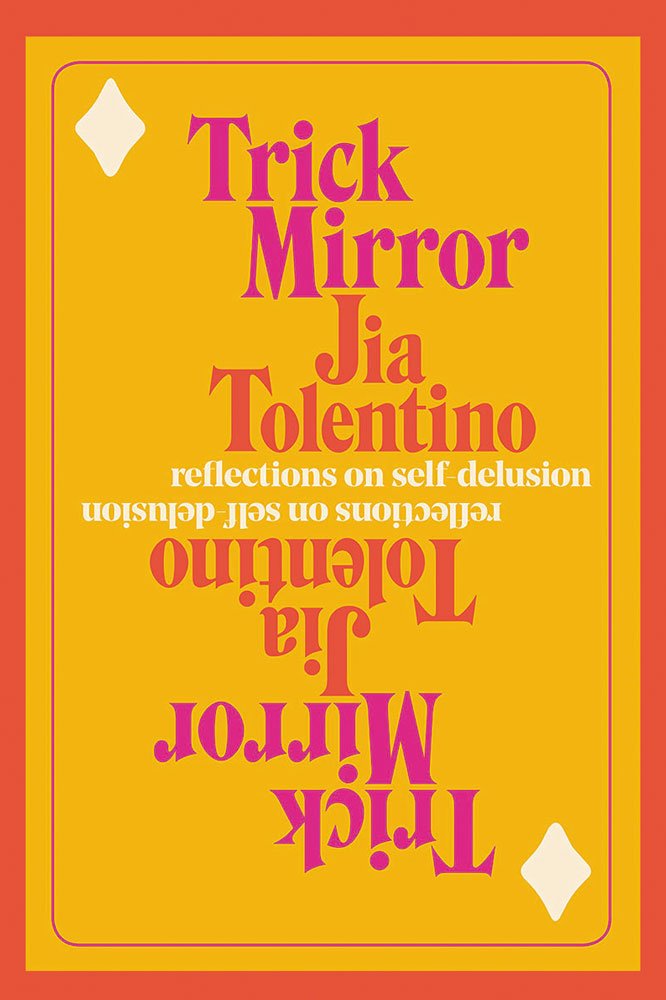
I also recently absolutely devoured Jia Tolentino’s Trick Mirror: Reflections on Self-Delusion, which has some similar themes of selfhood, what we really want, and the many ways we’re all fooling each other and ourselves. In doing some research on minimalism for my recent decluttering blog post I fell down a rabbit hole that left me an irreparably aching Jia Tolentino fan.
It’s like I got one of those “written and directed by Quentin Tarantino” shirts, except instead of Quentin Tarantino it’s Jia Tolentino and instead of a shirt it’s a tangible manifestation of my complex and mangled emotions regarding the erosion of female identity innate in the historic institution of marriage.
Anyway.
Crisp, Woody, Herbal
Rosemary is an incredibly fresh herbal scent that’s often thrown into traditionally masculine scents for a hint of refreshing green spice. It’s usually a faint hint of something vaguely clean and green in the background of a tidy blue cologne, nothing obvious or front and center (front and scenter?). Crisp but light and just a little feathered around the edges, rosemary is a popular herb in perfumery for a reason. It’s calming and grounding, delicate and subtle, blending well with a variety of fresh, green, herbal, and woody notes.
When used with anything less than an incredibly delicate hand, it leans hard into pine forest territory, a fascinating and rather underutilized effect. It also has sweet and almost floral facets to it that are often left unexplored.
Rosemary Perfumes and Colognes
Fragrances with notes of Rosemary include:
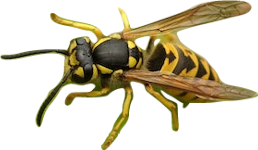



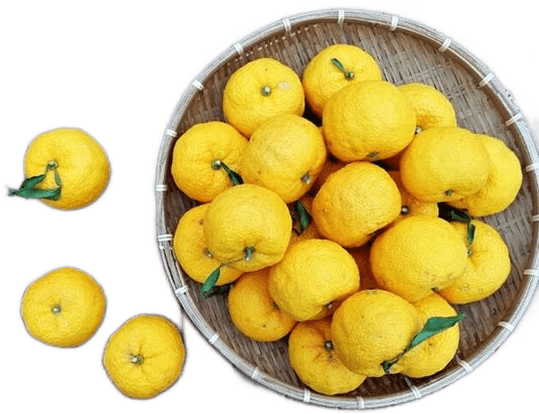
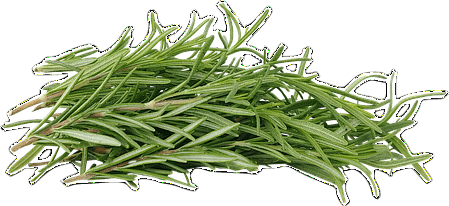
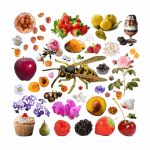
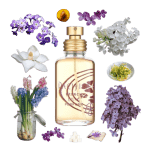
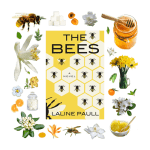
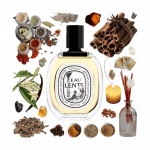
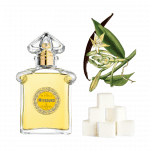

Oh, no… bugs everywhere you go!? I hope the rosemary is working!
Another perfume with rosemary, deliberately for its focusing and memory boosting uses, is The Writer from the brand St Giles. However, I can’t recommend it as the overall scent is of someone wearing a men’s gel deodorant who hasn’t showered in a couple of days. I hope it’s not meant to be commentary on how writers smell.
Bugs! Bugs everywhere! I sometimes wonder whether I am some sort of insect demigod, just waiting for the moment when a marching band of colossal atlas moths reveals this to me.
Ooh, thanks for telling me about that one! Looking at the notes, it does look lovely, though I can see how it might come across as deodorantesque.